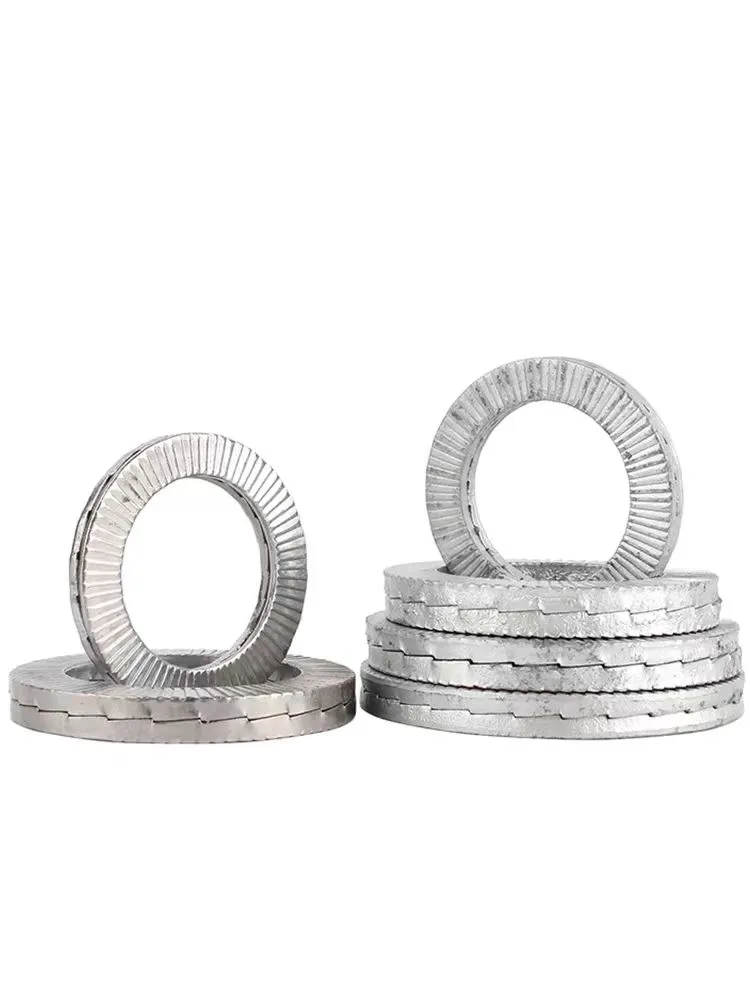

High-Quality Stud Whole Threaded Steel | Durable & Reliable Solutions
Aug . 30, 2024 02:22 Back to list
High-Quality Stud Whole Threaded Steel | Durable & Reliable Solutions
Understanding Stud Whole Threaded Steel Applications and Advantages
Stud whole threaded steel, a versatile building material, plays a crucial role in various construction and engineering applications. Composed of high-strength steel, these threaded rods are designed for optimum fastening and anchoring purposes. This article explores the characteristics, benefits, and applications of stud whole threaded steel.
A stud whole threaded steel rod is defined by its fully threaded design, which allows for easy integration into various construction assemblies. Unlike partially threaded rods, the full threading ensures that the entire length of the stud can engage with nuts, washers, and other components, providing enhanced stability and load distribution. This feature makes stud whole threaded steel particularly suitable for high-load applications, where the integrity of connections is essential.
One of the primary advantages of using stud whole threaded steel is its exceptional tensile strength
. The steel's durability and resistance to deformation under stress make it ideal for critical structural applications. In environments subject to vibration, torsion, or significant loads, these threaded rods can maintain their integrity, ensuring safety and reliability in construction projects.stud whole threaded steel

Additionally, stud whole threaded steel is available in various sizes and grades, allowing engineers and architects to select the appropriate type for specific applications. The grading system, which includes options like ASTM A307 and A325, indicates the material's strength and suitability for various load requirements. This versatility means that whether used in residential buildings, bridges, or industrial structures, stud whole threaded steel can accommodate different engineering needs.
In terms of applications, stud whole threaded steel is widely used in securing structural steel components. For instance, they are commonly employed in the construction of steel frames, where they connect beams and columns, providing essential support and stability. Moreover, these fasteners are employed in precast concrete applications to secure panels and slabs, facilitating efficient assembly and enhancing structural integrity.
Beyond traditional construction, stud whole threaded steel also finds its place in the manufacturing industry. They are frequently used in machinery and equipment assembly, where strong and reliable fastening is crucial to performance. Their resistance to corrosion can also be enhanced through various coatings, making them suitable for outdoor or harsh environments.
In conclusion, stud whole threaded steel is an invaluable resource in the construction and manufacturing industries. With its superior strength, versatility, and ease of use, it meets the demands of modern engineering designs. As building standards continue to evolve and the need for safer, more resilient structures grows, the importance of quality materials like stud whole threaded steel will become increasingly paramount.
Latest news
-
High-Strength Hot Dip Galvanized Bolts - Hebei Longze | Corrosion Resistance, Customization
NewsJul.30,2025
-
Hot Dip Galvanized Bolts-Hebei Longze|Corrosion Resistance&High Strength
NewsJul.30,2025
-
High-Strength Hot-Dip Galvanized Bolts-Hebei Longze|Corrosion Resistance&High Strength
NewsJul.30,2025
-
Hot Dip Galvanized Bolts-Hebei Longze|Corrosion Resistance&High Strength
NewsJul.30,2025
-
Hot Dip Galvanized Bolts - Hebei Longze | Corrosion Resistance, High Strength
NewsJul.30,2025
-
High-Strength Hot Dip Galvanized Bolts-Hebei Longze|Corrosion Resistance, Grade 8.8
NewsJul.30,2025

